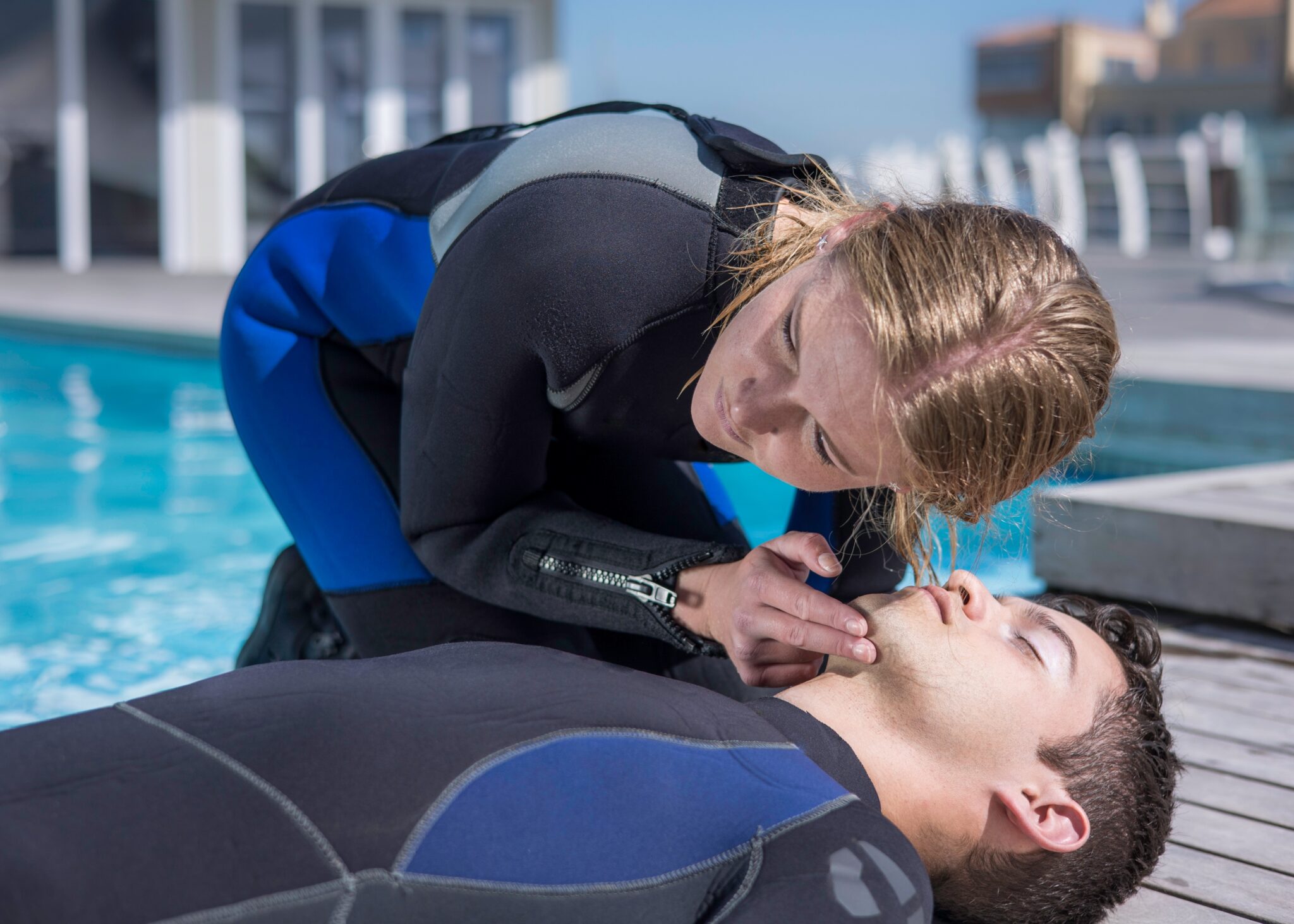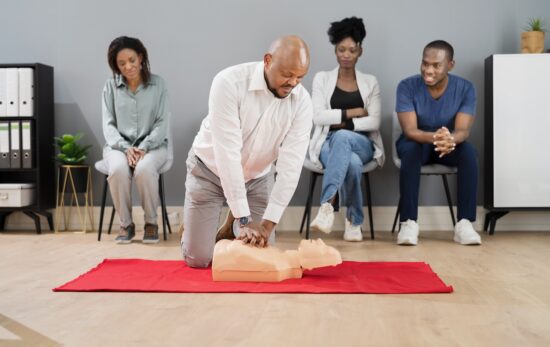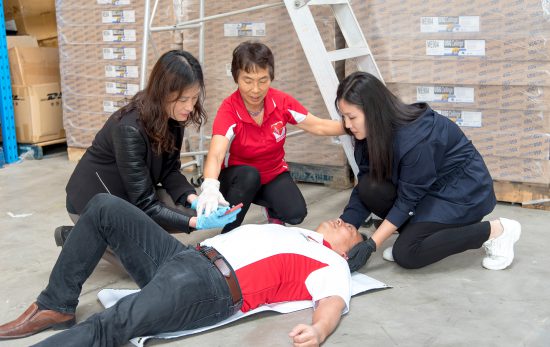Learning how to recognize stroke symptoms and detect a stroke is one of the easiest first responder skills you can learn as well as an essential life-saving skill. If a stroke victim receives clot-busting drugs within three hours of their stroke, they are much more likely to survive and avoid permanent effects.
Strokes are a leading cause of death around the world. More than half of survivors are physically impacted permanently, and one-third become dependent on someone else for their basic needs. When patients, or their loved ones, confuse stroke symptoms for something else, the long-term effects can be devastating.

Different Types of Strokes
The most common type of stroke occurs when a clot prevents blood (and therefore oxygen) from flowing to the brain. This is called an ischemic stroke. Strokes caused by a ruptured blood vessel are called hemorrhagic strokes. Without essential oxygen, brain cells start to die.
The F.A.S.T. Stroke Test
By knowing the “FAST” test, you can help a stroke victim seek treatment right away, thereby increasing their chance of survival and minimizing long-term effects. The video below compares two outcomes – one where the family sought help right away, and another where treatment was delayed.
How to Use the F.A.S.T. Stroke Test to Identify Stroke Symptoms
If you think someone may be having a stroke, begin the F.A.S.T. test as soon as possible. The acronym stands for:
Face – Ask the person to smile. If their smile droops on one side, they may have had a stroke.
Arms – Can the patient raise both arms above their head at the same time? If not, that’s a red flag.
Speech – Ask the person to say a simple phrase such as their name and address. Listen for slurring.
Time – If you observe any of the stroke symptoms above, it’s time to phone emergency services
The symptoms of a “mini-stroke,” also known as a transient ischemic attack or TIA, can be relatively minor. During a TIA, blood flow is interrupted temporarily, and symptoms may disappear within a day, or even an hour.
The patient may be in denial about what happened, but if they fail even one part of the stroke quiz, they should seek medical treatment immediately. One in three people who experience a TIA will have a full stroke within 48 hours.
Stroke survivors often have problems swallowing, speaking, writing, and may experience extreme fatigue. The F.A.S.T. stroke test only takes a minute and can prevent a lifetime of hardship – or worse.

Learn Life-Saving Skills with EFR
Emergency First Response® (EFR) courses are designed to help you easily master essential life-saving skills like the one above. Through home study, live demonstrations, and hands-on practice, you’ll gain the knowledge, confidence and skills to respond appropriately in an emergency.
The EFR Primary Care Course teaches CPR, and the EFR Secondary Care Course covers first aid and treatment for illnesses and injuries that are not immediately life-threatening. Learn more about accrediting organizations, or find an EFR course provider near you.





